When to Call the Poison Control Hotline

While it is our hope that you never have to dial the poison control hotline, there are times when the unexpected happens. In that case, we want you to be prepared. In case of an emergency, the Drug and Poison Info Center hotline can be reached at 1-800-222-1222.
Safety Recommendations Around Common Poisonous Substances
We recommend that you lock away any potentially hazardous substances like paint, cleaning products, gardening composts or yard fertilizers and repellants. If you don’t want to “lock” them up, at least place them in hard-to-access areas like ceiling cabinets.
Unexpected Areas of Exposure
Most parents are mindful to keep toxic substances like cleaning supplies, gardening substances and medicines out of the reach of children. However, there are other household items that can pose a threat to children that you may not immediately think about.
Some makeup, skincare, and beauty products, when ingested, can cause harm to your child. For instance, some hair coloring products contain paraphenylenediamine, which can cause severe vomiting when ingested. Additionally, nail polish and nail polish remover can also cause severe burns or vomiting when ingested.
Another area of concern for children are batteries. The National Capital Poison Center says that “While most button battery ingestions are benign, passing through the gut without a problem, in recent years the number of debilitating or fatal battery ingestions has dramatically increased.” In serious cases, sometimes emergency surgery is needed to prevent debilitating results.
Lastly, some plants and flowers commonly found in landscaping can also be poisonous when ingested. Check out this visual guide to poisonous plants from poison.org and consider removing any of these from your yard while your children are young.
When to Call
When in doubt, it is always better to be safe. Please call the poison control hotline for any of the following:
- If you know or even just suspect your child has touched or ingested chemicals
- If your child is exhibiting signs of vomiting, diarrhea, mental confusion, seizures, or loss of consciousness
Never make your child vomit unless advised to do so by a professional. It used to be common to give syrup of ipecac to those who may have ingested something poisonous to induce vomiting, however we do not recommend this! Don’t use ipecac and if you have any on hand – discard it.
Types of Exposure
Depending on the way your child was exposed to poisoning, there are things you should do before calling poison control.
Inhalation: If you suspect your child has inhaled something toxic, immediately move them to fresh air.
Swallowing: Give a small amount of water and call poison control immediately.
In the Eye: Rinse the eye immediately. Every second matters. A delay could result in loss of sight. Remove contact lenses. Use lots of room temperature water and rinse for at least 15 to 20 minutes.
On the Skin: Rinse the skin and remove any contaminated clothing.
What to Expect When You Call
When you call the poison control center they will ask you a series of questions such as:
- What is the child’s age and weight?
- What product, medication or poison were they exposed to? When possible, have the item at the phone with you when calling the Poison Control Center so you can read off any ingredients.
- At what time did the exposure or ingestion occur?
- How does the child look now and are they exhibiting any symptoms?
- How long was the contact with the poisonous substance? How did contact occur? Was it swallowed, inhaled, absorbed through skin contact, or splashed into the eye?
- How much could the child have ingested?
While it is our hope that you never have to contact poison control, we want to help you prevent it from happening and be prepared in the case of an emergency.
For questions or any other concerns, Augusta Pediatrics can be reached at (706) 868-0389. The information on this site is not intended or implied to be a substitute for professional medical advice, diagnosis or treatment. All content, including text, graphics, images and information, contained on or available through this web site is for general information purposes only.

Leave a Reply